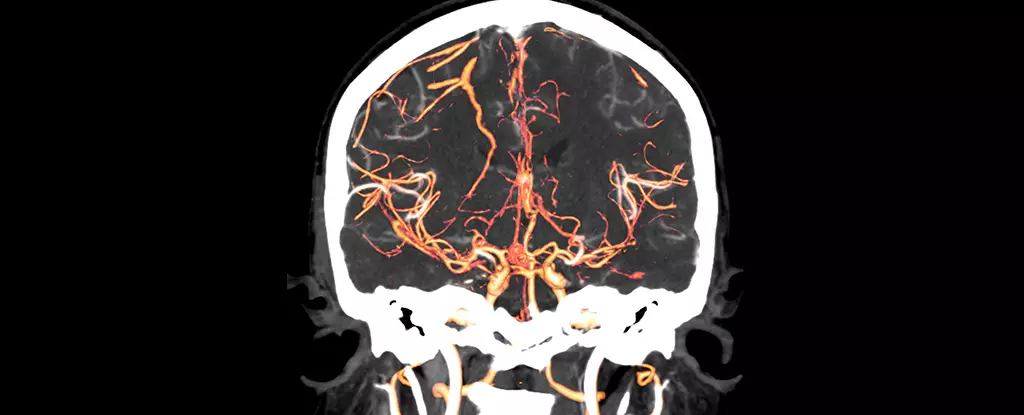Recent advancements in neuroscience have led scientists to believe that they may have finally pinpointed the specific regions in the brain where schizophrenia first emerges. Through a groundbreaking analytical method called ‘epicenter mapping’, an international team of researchers conducted a study involving 1,124 individuals with schizophrenia and 1,046 healthy controls. This innovative approach revealed that while schizophrenia can originate in various areas of the brain, abnormalities in two specific structures – Broca’s area and the frontoinsular cortex – were particularly significant due to their known associations with language and emotional processing.
Psychiatrist Lena Palaniyappan from McGill University highlights the importance of these findings by emphasizing that each individual with schizophrenia has a distinct starting point in the brain, which may account for the differences in symptoms experienced. However, despite these unique origins, there appears to be a shared process leading to subtle yet widespread changes in brain structure among those affected by schizophrenia. This insight sheds light on the complexity of the disorder and its varied manifestations in different individuals, posing challenges in effective treatment and management.
Personalized Treatment Approaches
One of the main hurdles in treating schizophrenia effectively lies in the diverse presentation of symptoms among patients. While certain therapies have shown promise in alleviating symptoms, predicting which individuals will respond positively to these treatments can be challenging. The application of epicenter mapping in clinical settings shows promise in identifying individuals who may benefit from interventions tailored to address language and communication deficits. By extracting valuable diagnostic information from routine MRI scans, medical professionals can potentially customize treatment plans more precisely, offering hope for improved outcomes in patient care.
Schizophrenia, characterized by cognitive distortions and altered perceptions of reality, affects approximately 1 in every 300 individuals worldwide. Despite its prevalence, the underlying causes and mechanisms of the disorder remain elusive, complicating efforts to identify individuals at increased risk. Past studies have uncovered intriguing associations, such as a potential link between cat ownership and schizophrenia risk, possibly attributed to a parasite that infects felines. Moreover, evidence suggests that certain brain abnormalities associated with schizophrenia may originate during fetal development, underscoring the need for early detection and intervention strategies.
The team of researchers behind the epicenter mapping study aims to shed new light on the age-old question of whether schizophrenia represents a single illness or a spectrum of distinct conditions. By leveraging sophisticated techniques like epicenter mapping, researchers can pinpoint the most affected regions of the brain even before overt symptoms manifest, potentially revolutionizing early detection and intervention strategies. Computer scientist Jianfeng Feng from Fudan University in China underscores the significance of these findings in advancing our understanding of schizophrenia and paving the way for more targeted and effective therapeutic approaches.
The emergence of epicenter mapping as a powerful tool in identifying the neurological origins of schizophrenia represents a major breakthrough in brain research. By unraveling the intricate pathways and processes involved in this complex disorder, researchers are hopeful that personalized treatment approaches tailored to individual brain abnormalities can lead to better outcomes for those affected by schizophrenia. As ongoing research continues to illuminate the mysteries of the human brain, the potential for transformative advancements in mental health care grows exponentially.


Leave a Reply